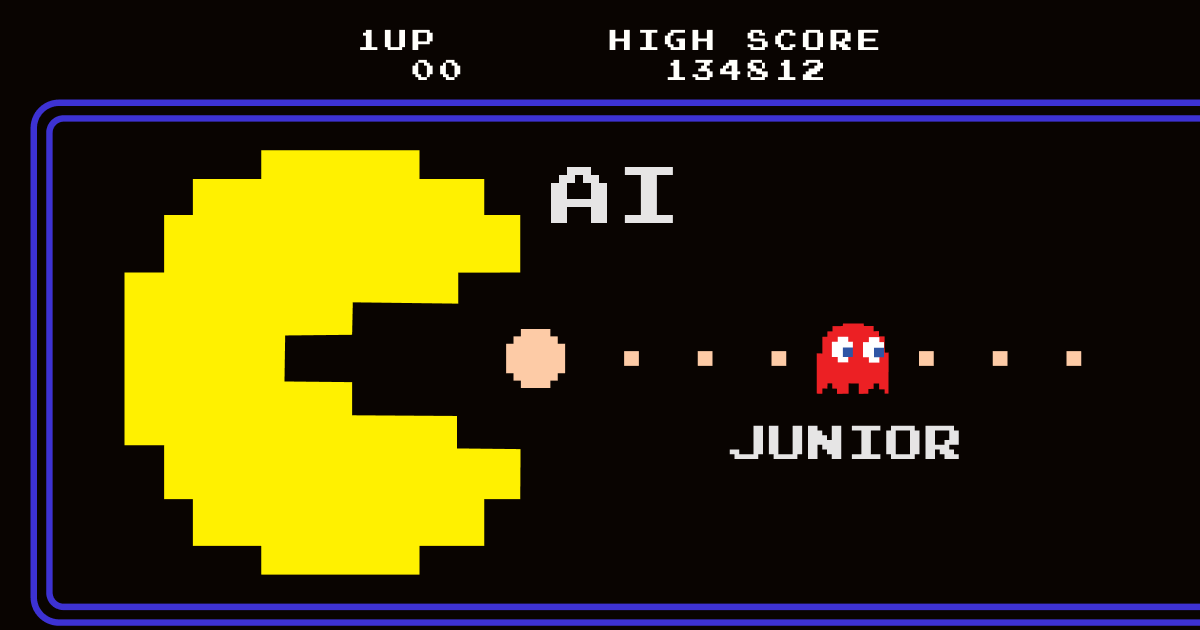Effective remote work

.... a long time ago, in a galaxy far, far away... or to be more precise, in 2001, the signatories of the Agile Manifesto stated that "the most effective and efficient way to convey information to and within a development team is face-to-face conversation." But the "galaxy" where IT projects were carried out has changed a lot in 22 years. The widespread availability of broadband and mobile internet has accelerated and transformed the way we work. And let's not forget the quiet anti-hero, the coronavirus pandemic, which has accelerated and brought about a rapid and uncontrolled revolution. How can you manage a remote or distributed Scrum team in a way that ensures satisfactory project efficiency?
In the office, face-to-face contact allows for faster communication and team coordination, but it requires the team to be physically present. On the other hand, remote work offers greater time flexibility, allowing employees to perform tasks from anywhere, but it may require more conscious communication management and monitoring of project progress.
At Yellows, we have developed our own model, which was created with some pain, but now works perfectly:
- Collaboration and self-reliance: Encourage collaboration between team members, but also encourage them to make decisions and take action independently. A self-organizing team is key in Scrum.
- Less control, more responsibility: Leaders lose the sense of full control over the employee, but we can use the employee's potential and unleash their creativity through delegation.
- Removing obstacles: Ensure the team is supported in removing obstacles that may affect project progress. Be ready to respond quickly to challenges.
- Communcation channels: Make sure the team has access to various communication channels, such as instant messengers, video conferencing, emails, etc. Regular and open communication is crucial in the Scrum methodology. Remote teams often lose a sense of connection with the team and the company and may be less engaged. Therefore, communication is even more important, especially in video mode, to feel like we are meeting with real people, even though in slightly different circumstances.
- Appropriate tools: Use project management tools like Kanban boards, task tracking tools, and collaboration and communication platforms to enable your team to effectively plan and monitor progress.
- Clear goals: Make sure the team understands the goals and scope of each sprint/project. Clear guidelines will help the team focus on the most important tasks.
We are curious how project management and implementation has changed for you, especially with the remote work model or distributed teams?



